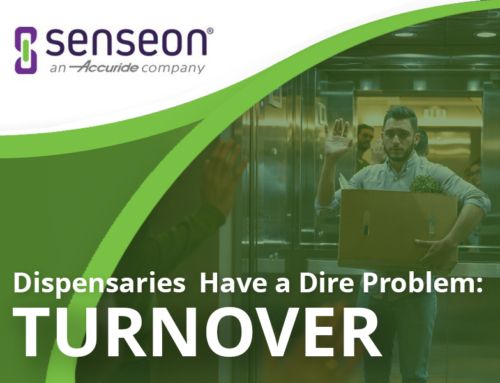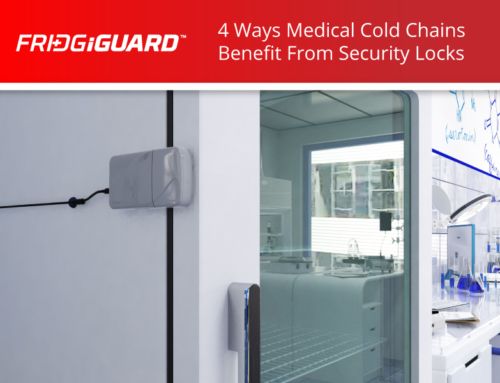If you work in retail, healthcare, or finance, chances are, you’ve heard the term “Internet of Things” being kicked around more and more. Unlike flash-in-the-pan trends, though, this one’s here to stay — and with good cause.
Very simply, Internet of Things — IoT — spans billions of connected devices. With the proliferation of the wireless internet and connected technology, more and more physical devices can sync with one another. What was once reserved for computers and smartphones now spans everything and anything from connected refrigerators to smart shirts to home automation and, even, security. And with these advances come new opportunities for businesses to safeguard their customers and their products — advances you need to understand and integrate starting now.
The Call to Connect
It’s no surprise consumers are increasingly connected. For retailers, IoT application program interface (API) security has quickly risen to the top of the list. This security-centric IoT platform provides, “the ability to authenticate and authorize data movement between IoT devices, back-end systems, and applications using documented REST-based APIs.” The result? API security that better protects “the integrity of data transiting between edge devices and back-end systems.” These measures ensure “only authorized devices, developers, and apps are communicating with APIs.”
Other fast-growing applications? Predictive equipment maintenance that can handle everything from improving energy efficiency and temperatures to predicting system failures. If your products require a set temperature range, for example, these connected devices can ensure storage or display stay consistent, alerting you to any potential issues. While not overtly designed for security, a breach could lead to temperature shifts, making this safeguard a potential first-touch in identification and protection.
Beyond these increasingly-popular IoT touchpoints, many retailers are also integrating smart transportation applications into their businesses, boosting route optimization and security, Again, it’s merely another layer in end-to-end safety and security, designed to keep products, data and other essential elements connected and in-check.
That’s just the beginning, though. Increasingly, retailers will be relying on connected devices and systems spanning POS (point-of-sale), merchandising management and marketing. Many of these solutions and touchpoints will integrate with existing CCTV, access, controls, and alarms to streamline security and ensure comprehensive, connected and scalable experiences for consumers, employees and your business as a whole.
IoT’s Challenges
That said, these increasingly sophisticated platforms aren’t immune to breaches. As technology becomes sleekier, so do those who attack it. Forbes writes, “96% of security professionals…[are] expecting an increase in IoT breaches this year.”
Before businesses can even get to that point, though, they need the know-how and investment capacity. Many companies — especially small businesses — lack this firepower, as do their existing devices and security systems. IoT, very merely, requires adherence to a host of standards and minimal integration and connection points. And, once in play, it’s essential stakeholders have the personnel and resources to manage these platforms.
Considering just one in three industry professionals will realize a budget increase over the next year according to the National Retail Federation’s National Retail Security Survey, this could be the single biggest hurdle to meaningful integration and activation. With no budget increase, security professionals will likely need to flex their creative muscles in the year ahead to better integrate existing technology to protect their businesses or, even, to justify the expense for these integrated technologies.
For information on how you can integrate Senseon cabinet-level access control systems into your organization’s IoT, contact us!






